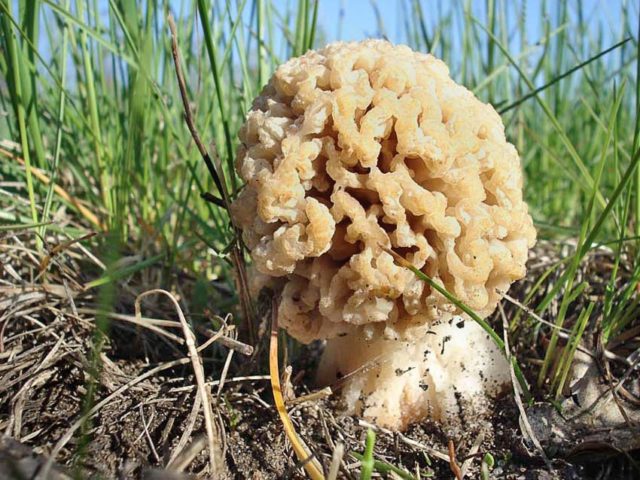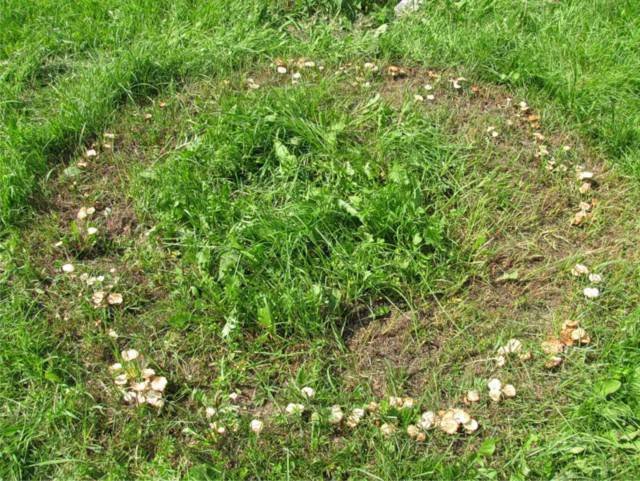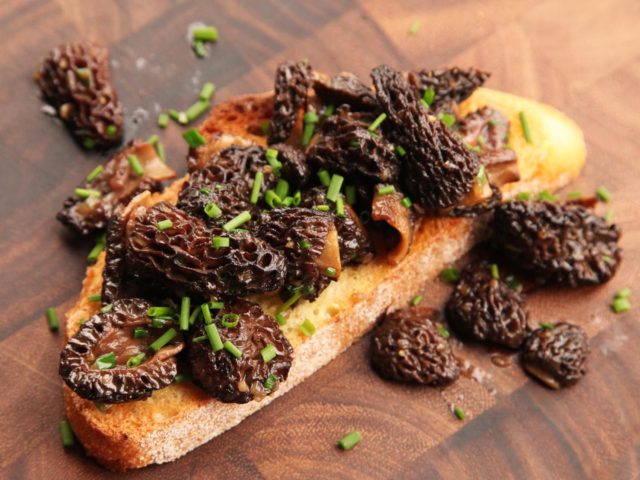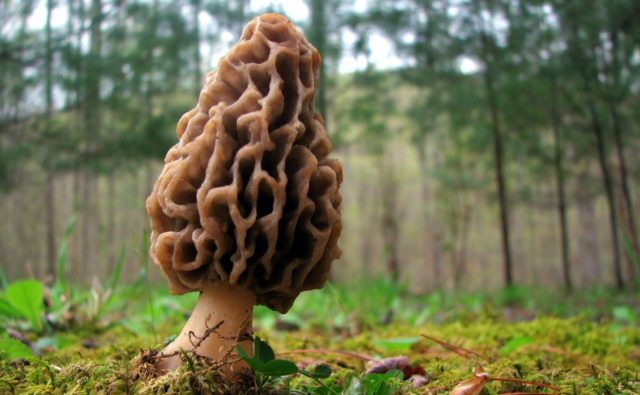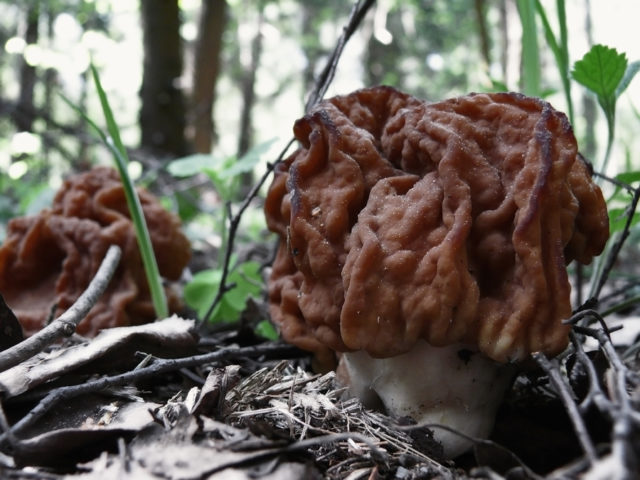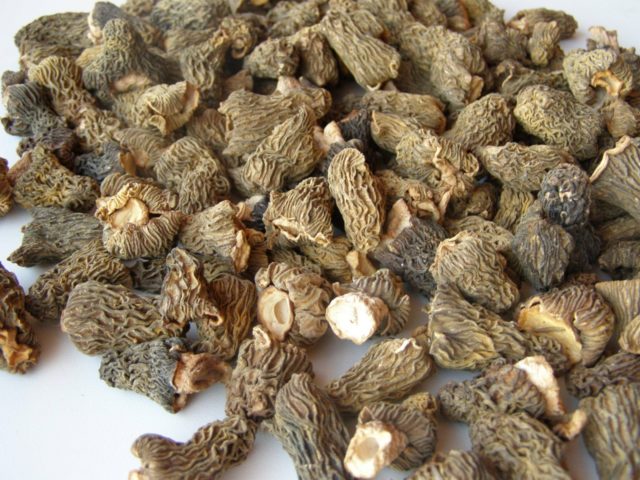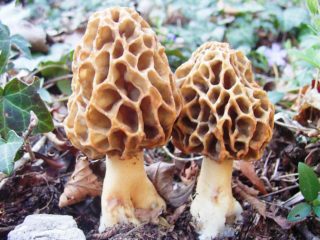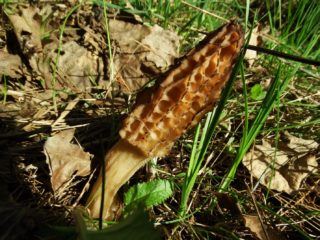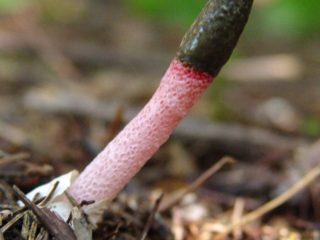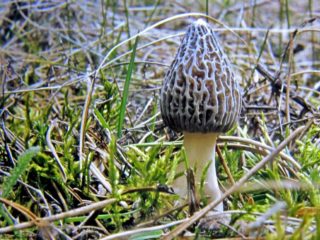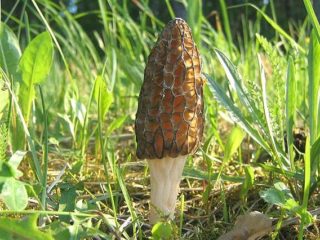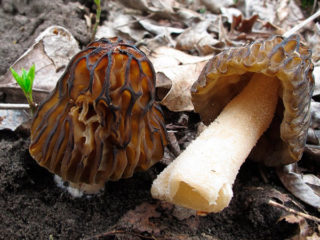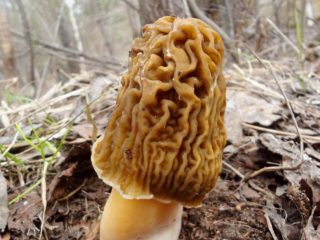Content
The largest of the Morel family that grows in Russia is the steppe species. It is distinguished by special external characteristics. The steppe morel does not live long; the harvesting season can begin from April to June. The lifespan of the fungus is only 5 - 7 days.
Where do steppe morels live?
For full growth and development, steppe morels need dry wormwood steppes. Mushrooms grow on virgin clay soils. They can grow, forming circles of 10 - 15 pieces around a small area.
Steppe morels are found throughout the European part of the country, and also grow in Central Asia. Most often these mushrooms can be seen in the regions:
- Crimea;
- Kalmykia;
- Rostov region;
- Saratov region;
- Volgograd region.
What do steppe morels look like?
All varieties of mushrooms consist of a cap, a stalk and a fruiting body. When describing external characteristics, the shades of spore powder are also taken into account. Spore powder is obtained from spores of the fruiting body to determine the generic variety and suitability of the mushroom for food.
Description of the steppe morel:
- hat. It has a light brown tint and is shaped like a ball or ovoid oval. Its diameter ranges from 2 to 10 cm, especially large mushrooms grow up to 15 cm. The inside of the cap is not filled with anything, it is divided into sections.
- Leg. White, short, its length does not exceed 2 cm.
- Fruiting body reaches a maximum size of 25 cm, while the weight can increase to 2.5 kg. The pulp of the mushroom is characterized by increased elasticity. The spore powder has a creamy-gray tint.
Is it possible to eat steppe morels?
Morels are collected for further drying or drying. They belong to a type of edible mushrooms that ideally combine the taste and aromatic properties of the morel varieties themselves and dried porcini mushrooms. That is why one of the names of the mushroom is “steppe white”; it is also often called the “king of spring mushrooms.”
Taste qualities of steppe morels
Steppe morels are recommended as a base for mushroom soup due to their pronounced mushroom flavor. Powder made from the mushroom is suitable for adding to first and second courses, and is used as a base for sauces.
When baked, morels begin to emit a special aroma, so they are suitable for preparing kebabs strung on skewers.
Dried steppe morels, which are used to prepare first and second courses, are soaked for 8 - 10 hours. After this, they completely restore their original shape. This property is especially in demand in the culinary arts, which is why morels are used to prepare signature dishes served in restaurants.
Benefits and harm to the body
Mushrooms are a special product of plant origin. The benefits and harms of morels can be judged after a thorough study of the properties and influences of the elements of the composition of the fruiting body. At this point, the properties have not been sufficiently studied.
It is known that these mushrooms contain polysaccharides that have a positive effect on the lens of the eye. This explains the information about their use for the treatment of eye diseases.
The classification of division according to nutritional value places this variety in the third group. This means containing small amounts of useful substances and microelements. The table is designed for only 4 groups.
It is known that the product contains toxic substances such as gyromitrin and methyl hydrazine. However, they completely disappear when dried, and remain in the water when cooked. The consumption of the product depends entirely on human health indicators. Due to a possible negative reaction from the body, these varieties are contraindicated for pregnant women, nursing mothers and children under 12 years of age.
False counterparts of steppe morels
One of the dangers of mushroom picking is the incorrect identification of ownership. Although the prairie morel has distinctive features, it is often confused with false stitches.
The lines have an external similarity and can appear in open areas of forests located next to steppe zones at the same time.
Line in the photo:
Main differences:
- the pores of poisonous morels are located chaotically and do not have the same shape, while on edible morels the pores are located in accordance with the laws of symmetry;
- inside the cap of representatives of the edible species there is a hollow space, but at the lines it is covered with a sticky secretion;
- Morels have a distinct mushroom aroma, while strings are odorless.
By these signs you can easily distinguish false representatives. In addition, before collecting, it is recommended to watch a video of experienced mushroom pickers, in which you can clearly see the steppe morel.
Collection rules
The collection season is highly extended. Fruiting bodies can ripen from April to June, while their life expectancy is short. The fruiting body can grow in a matter of days, and in warm springs the ripening time is reduced. Mushroom pickers go around the distribution areas starting at the end of March.
When collecting, it is recommended to take into account the structural features and follow the basic rules:
- Using a small sharp knife, cut off the leg at the very base;
- the collected specimens are laid out on prepared cloth in a basket so that the caps are not squeezed;
- Before drying, the caps are blown out, as a large amount of sand, dust, and grass particles accumulate in them.
Eating steppe morels
Before you start cooking, be sure to wash the mushrooms with warm water to remove any dirt particles. They are processed in one of the following ways: boiled and added to dishes, or dried and stored.
For the decoction, take a large amount of water and cook at high boil for 20 - 25 minutes.
Despite the fact that the steppe morel is called the steppe porcini mushroom, it is strictly forbidden to use decoctions for making soups, as is done with porcini mushrooms. Due to the toxin content, the decoction can cause food poisoning.
For drying, use electric dryers or ovens. Drying time depends on the size of the fruit body and the total number of mushrooms. Dried morels are eaten only 3 months after drying: they must lie in a dark, dry place before consumption.
This variety is not suitable for pickling or pickling, but can be used as an independent dish. The product is often used to prepare the filling for kulebyak and make mushroom mass.
Dried specimens are stored so that they do not have contact with moisture, otherwise the inside of the cap will become moldy, the product will lose its taste and will be unsuitable for use.
Conclusion
The steppe morel is an edible mushroom from which you can prepare delicious unusual dishes. The danger when collecting this variety is its external resemblance to false doubles. Experienced mushroom pickers advise taking a photo of a steppe morel with you and comparing it by appearance and characteristic features.
